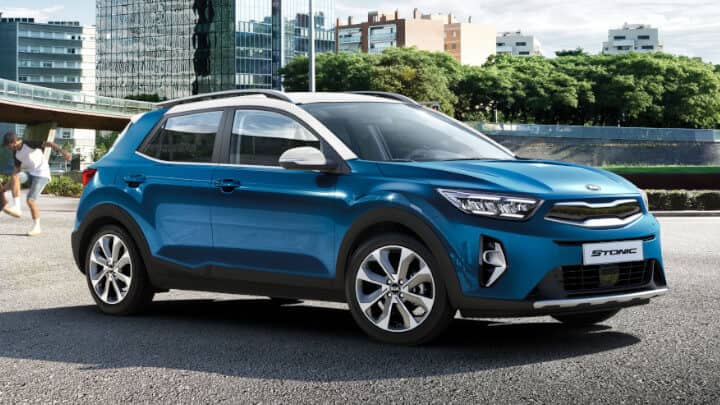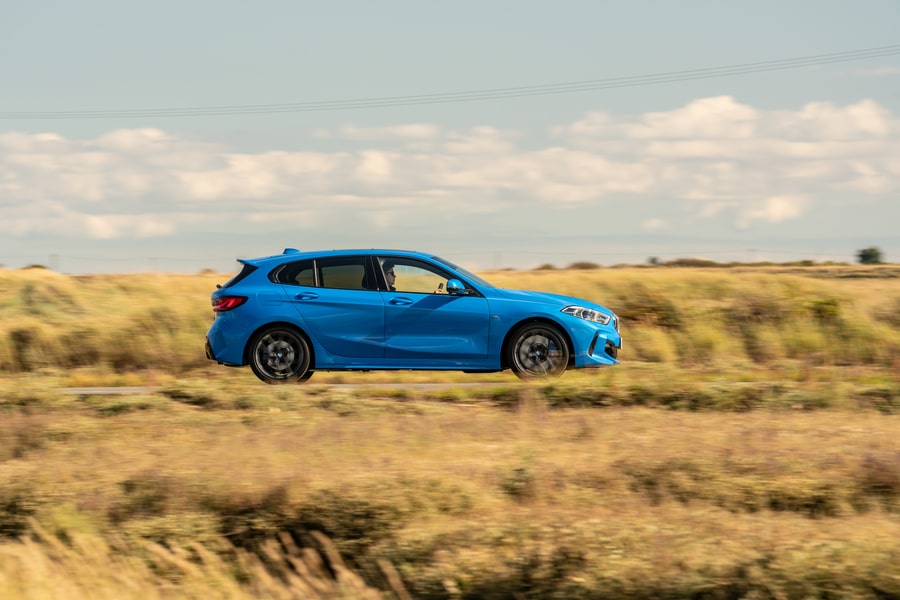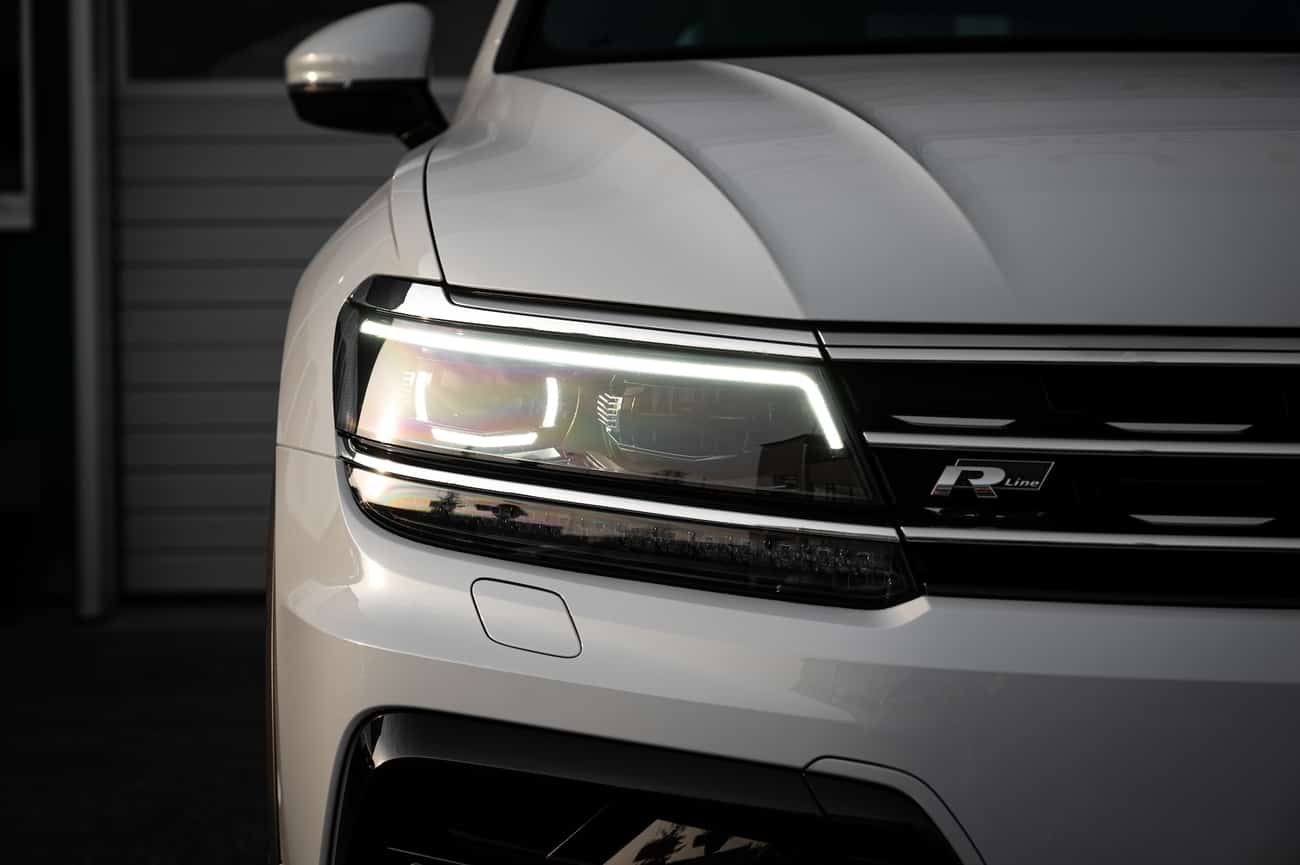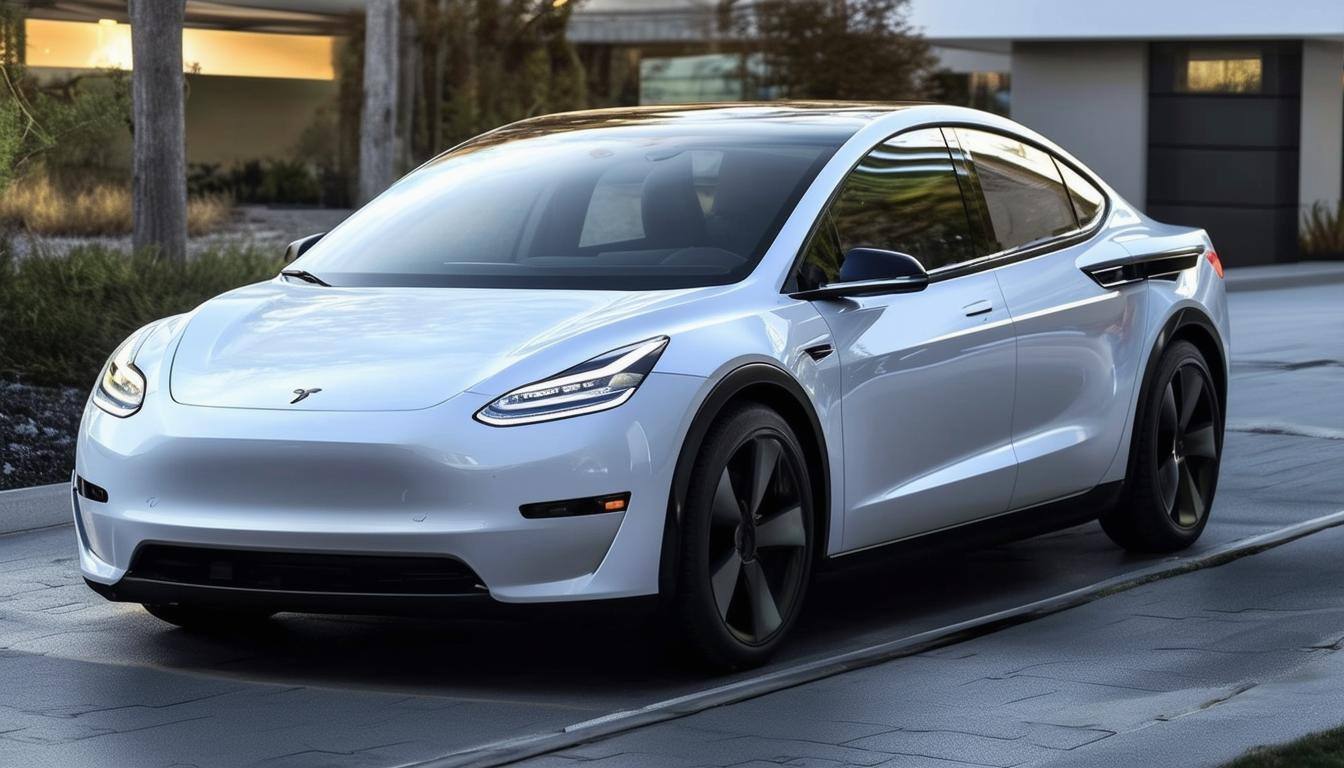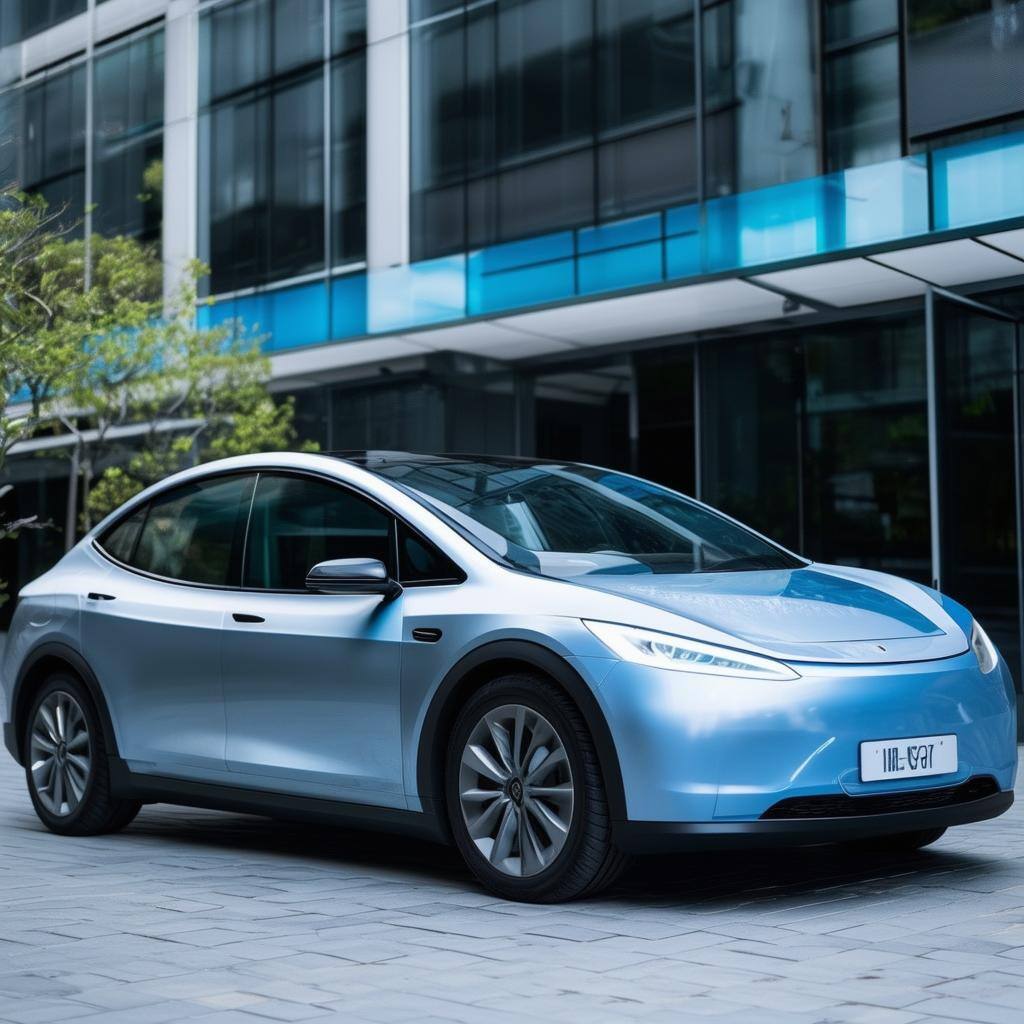In this guide, we will walk you through the process of swapping or exchanging your...

Car Depreciation Explained
What is car depreciation?
Depreciation in cars represents the inevitable decline in their value over time. It's essentially the difference between the initial purchase price of the car and the current market value. This decline is particularly pronounced with newly purchased cars, as they experience the most substantial depreciation as soon as they leave the forecourt. Factors like wear and tear, mileage accumulation, and potential faults contribute significantly to this initial depreciation phase.
The rate of depreciation remains high during a car’s first year. It's during this period that the car’s value decreases at a rapid pace. However, as the car reaches its 3rd year, the depreciation rate tends to gradually slow. After approximately eight to ten years, the depreciation curve often reaches a plateau for many vehicles. This phase signifies a stabilisation in the vehicle's depreciation, where the decrease in value becomes notably less pronounced than in the earlier years of ownership.
When purchasing a car, people often prioritise fuel efficiency over depreciation costs. However, despite fuel being a significant day-to-day expense, depreciation tends to be the most substantial cost associated with owning a vehicle. While fuel efficiency matters, selecting a car with a slower depreciation rate can yield more significant long-term savings than choosing a vehicle that requires fewer trips to the petrol station.
Understanding depreciation is essential when purchasing a car as the decline in value means that you may not be getting a good return on your investment. It's not just a matter of the initial purchase price; it's also about understanding the ongoing costs associated with the car's decreasing value. When you calculate the loss in your car’s value over the time you’ve owned it, your true monthly costs may be higher than you realise.
What affects a car’s depreciation rate?
Several factors can affect a car’s depreciation rate. These include:
Mileage: The more a car is driven, the lower its value. Generally, the higher the mileage, the more wear and tear a vehicle accumulates. This is why cars with lower mileage often experience lower rates of depreciation; they’re seen as less worn and more desirable to potential buyers.
Number of Owners: The number of owners a car has directly impacts its depreciation. Generally, fewer owners suggest better maintenance which can help maintain a higher value for the vehicle. You can check previous owners in the car’s logbook or V5C registration document.
General Condition: The condition of a car greatly affects its rate of depreciation. Any damage, whether to the bodywork, interior or exterior, lowers its value. Future buyers prefer well-kept vehicles which means even minor damages can impact a car's market worth over time.
Accident History: Cars with a clean accident history tend to hold more value. Conversely, vehicles with a record of accidents or damage often depreciate faster due to buyer wariness about potential risks or hidden issues, negatively impacting their resale value.
Upgrades or Modifications: Unusual modifications or alterations can hinder a car's resale value by limiting its appeal to potential buyers. These alterations might not align with common preferences which can reduce the vehicle's attractiveness and speed up its depreciation rate in the market.
Make and Model Reliability: Purchasing a car with a track record of frequent breakdowns can significantly limit its appeal to future buyers. A reputation for unreliability tends to diminish a vehicle's value based on reduced demand in the market.
Make and Model Desirability: Certain manufacturers and models retain value better than others, premium brands are often more appealing in the used market which keeps their value higher.
Safety: Safety evaluations, ratings, and manufacturer recalls impact a car's depreciation by influencing market demand. A history of failed MOTs or known issues further contributes to depreciation, reflecting diminished desirability among buyers.
Technological Advancements: The introduction of new technological features in cars often diminishes the value of older models. As consumer preferences shift toward vehicles with updated technology, older models lacking these features experience decreased demand, leading to accelerated depreciation rates.
Compliance: Since the full enforcement of ULEZ in London, non-compliant cars have faced increased depreciation. This is due to their decreased appeal among those entering the capital.
Service Record: A comprehensive service record positively impacts a vehicle's value by demonstrating whether the owner adhered to the recommended service schedule. This instils confidence in buyers regarding the car's maintenance history, which in turn decelerates its depreciation over time.
Warranty: An active manufacturer's warranty directly influences depreciation by bolstering a car's resale value. The warranty offers a safety net against unforeseen repair expenses, making the vehicle more appealing to buyers and thus slowing down its rate of depreciation.
Market Demand: Changes in consumer preferences and market trends directly impact a vehicle's depreciation. When a car aligns with current trends, it retains value better due to higher demand. Conversely, falling out of favour can speed up depreciation as fewer buyers are interested, leading to a quicker decline in value.
Fuel Economy: Vehicles that are smaller and boast higher fuel efficiency typically experience lower depreciation rates. Their lower operational costs and broader appeal attract a larger audience of buyers which gives them higher demand in the used market, which in turn contributes to reduced depreciation.
Size and Cost: Larger, high-end luxury cars such as SUVs usually come with a heftier price tag from the start. This means their value has more room to decrease compared to cheaper models.
Road Tax: Cars with lower emissions typically incur lower annual road taxes, making them a more attractive option for buyers. This heightened demand in the market consequently leads to decreased depreciation rates.
Top tips to minimise depreciation:
Here are some recommendations that are aimed at preserving the long-term value of your car:
Choose Wisely: Select cars known for retaining value from reputable brands. This will help to lessen the effects of depreciation
Keep Mileage Low: Limit excessive mileage to maintain your vehicle’s condition and preserve resale worth.
Schedule Regular Maintenance: Keep up with consistent servicing according to the manufacturer's recommendations. This can include tasks like oil changes, filter replacements, and checking fluid levels. This routine maintenance can help preserve your car's performance and value over time.
Document Full-Service History: Maintain a detailed service record for higher resale value. Document all repairs and maintenance performed on the car to prove its upkeep to potential buyers.
Deal with Repairs Promptly: Address minor issues promptly to prevent them from becoming major problems. Prompt repairs prevent further damage and maintain the car's overall condition.
Use OEM Parts For Repairs: OEM stands for ‘Original Equipment Manufacturer’. This is manufacturer-recommended equipment that has been specifically designed and produced by the same company that made the vehicle. Using OEM parts for repairs ensures compatibility and upholds the vehicle’s quality and maintenance. This can enhance resale value and slow the rate of depreciation.
Drive Carefully: Practise safe driving habits to preserve your car’s components and extend its longevity.
Store Your Car Properly: Protect the car from environmental elements by parking in a garage or using a car cover. Shielding the vehicle from sunlight, rain, and other weather conditions prevents premature wear and maintains its appearance.
Maintain Cleanliness: Keep your vehicle clean and well looked after to increase desirability. A well-maintained interior and exterior enhances the car's visual appeal and helps retain its value.
Preserve Your Car's Interior: Avoid smoking and travelling with pets in the car to maintain the car’s interior. A clean interior retains higher value and can attract more buyers.
Avoid Modifications: Avoid excessive modifications or alterations that might not align with general buyer preferences. Reverting the car to its original state can enhance its marketability and preserve its value.
Avoid Overloading: Excessive weight or overloading the car can strain its suspension, engine, and other components, leading to increased wear and faster depreciation.
Consider Subscription or Leasing: With subscription and leasing, the driver does not own the car. This means that the responsibility and cost of depreciation doesn’t sit with the driver.
What are the average rates of car depreciation?
As we’ve covered above, a wide range of factors can influence how much a car loses its value over time. These factors create significant variations among models, even within the same manufacturer’s lineup. However, some average rates can help you understand roughly how much a car is likely to depreciate over time.
Normally, cars experience their steepest depreciation during the initial year of ownership, with a drop averaging around 15-35% within the first 12 months. This decline continues, reaching 50% or more over three years.
- Year 1: Typically sees 15-35% depreciation, leaving the car at 65-85% of its original value.
- Year 3: The drop extends to 40-60%, with the car holding 40-65% of its original value.
- Year 5: Depreciation further escalates to 60-70%, retaining only 30-40% of the original value.
- Year 8-10: Depreciates by 80%, retaining merely 20% of its original value.
After about a decade, a car often reaches its lowest point in terms of value and depreciation. From here, prices generally stabilise or might even show a slight incline if the car gains recognition as a classic.
If you imagine a typical car lifespan of 20 years, the average annual depreciation rate comes to about a 15% decrease each year.
However, it's crucial to note that individual car depreciation rates can vary significantly from these averages, and there are instances where a car's value remains steady or even increases.
How do you calculate the depreciation of your car?
Use an online car valuation tool to estimate how much your car is worth. Sites like We Buy Any Car, Auto Trader and Motorway will give you a quick valuation for your car if you fill in your registration number and a few additional details.
Search online for similar makes and models for sale to help gauge your car’s current value. Sites like Auto Trader and Motors.co.uk sell a range of cars so you should be able to find a comparable vehicle.
Understanding your car's current value by comparing it against similar models and using car valuation tools can help you assess how much your car has depreciated. By comparing the present valuation against the initial purchase price or the price you paid when you acquired the car, you can calculate the depreciation over time. The difference between the initial cost and the current valuation provides a clear idea of the car's depreciation during your ownership period.
Utilise Depreciation Calculators. Many services provide calculators and graphs to assess a car's depreciation over time, offering a more accurate picture. This calculator from themoneycalculator.com should help you get an idea of the level of depreciation for your vehicle.
How car depreciation works with car subscription services:
Opting for a car subscription instead of traditional ownership means you sidestep the worries about depreciation. When you subscribe to a car service like Wagonex, you don't own the car and are therefore not directly affected by its depreciation. The burden of the car's declining value doesn’t sit with the driver; it falls on the subscription provider. This allows subscribers to enjoy the benefits of driving newer models without the stress of the vehicle's depreciating value, making subscription services an attractive alternative to traditional ownership.
At Wagonex, our car subscriptions range from 1 to 36 months and cover everything from roadside assistance to maintenance and road tax. Our subscription service gives you a way to enjoy driving newer models without the financial uncertainties, like depreciation, that come with owning a car.
At Wagonex, we partner with trusted suppliers to bring you a wide range of vehicles, all available for subscription. Check out our latest vehicles for subscription here.

Charging Ahead: COP28 Builds Pressure on Electric Vehicle Transition

.png?width=552&height=107&name=Image%202%20(2).png)
